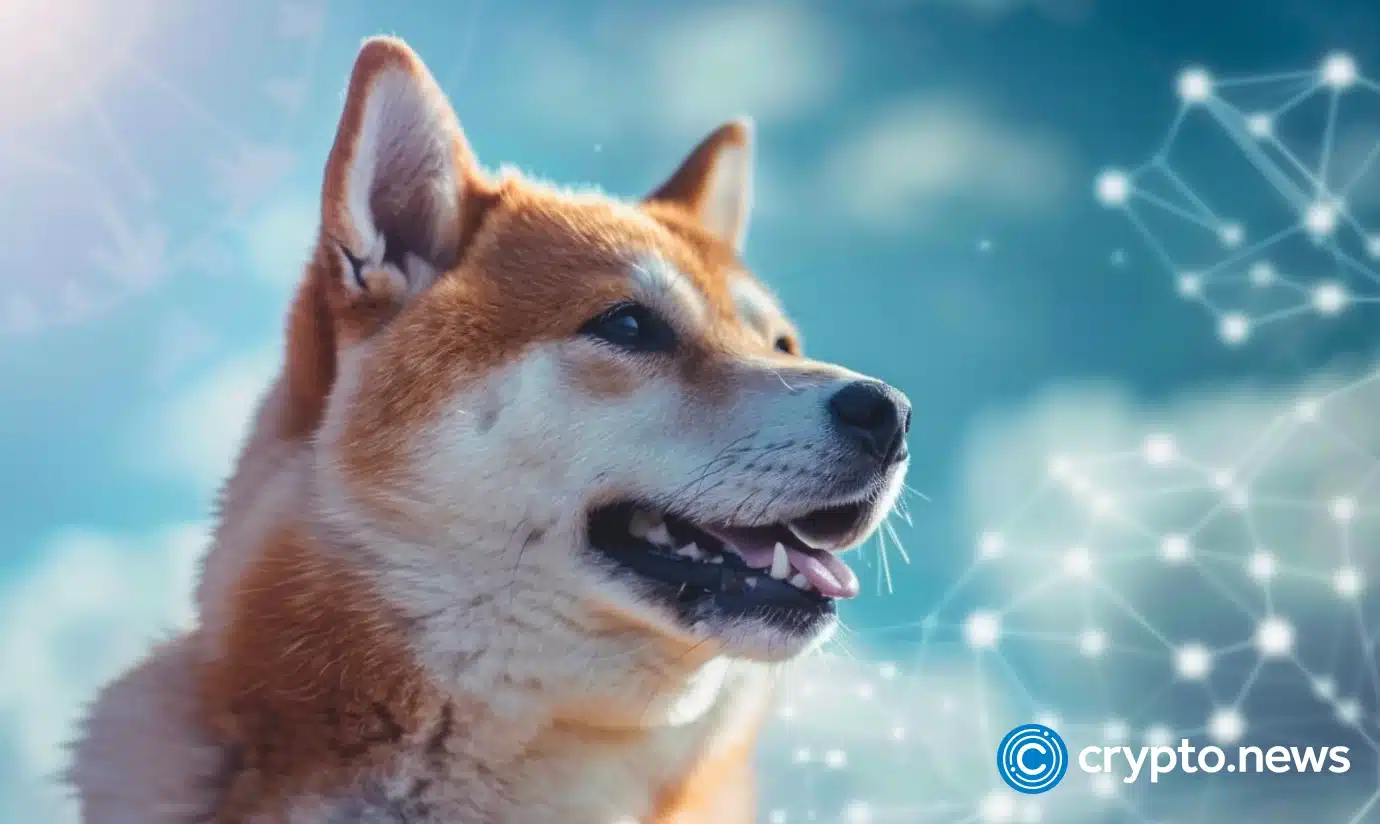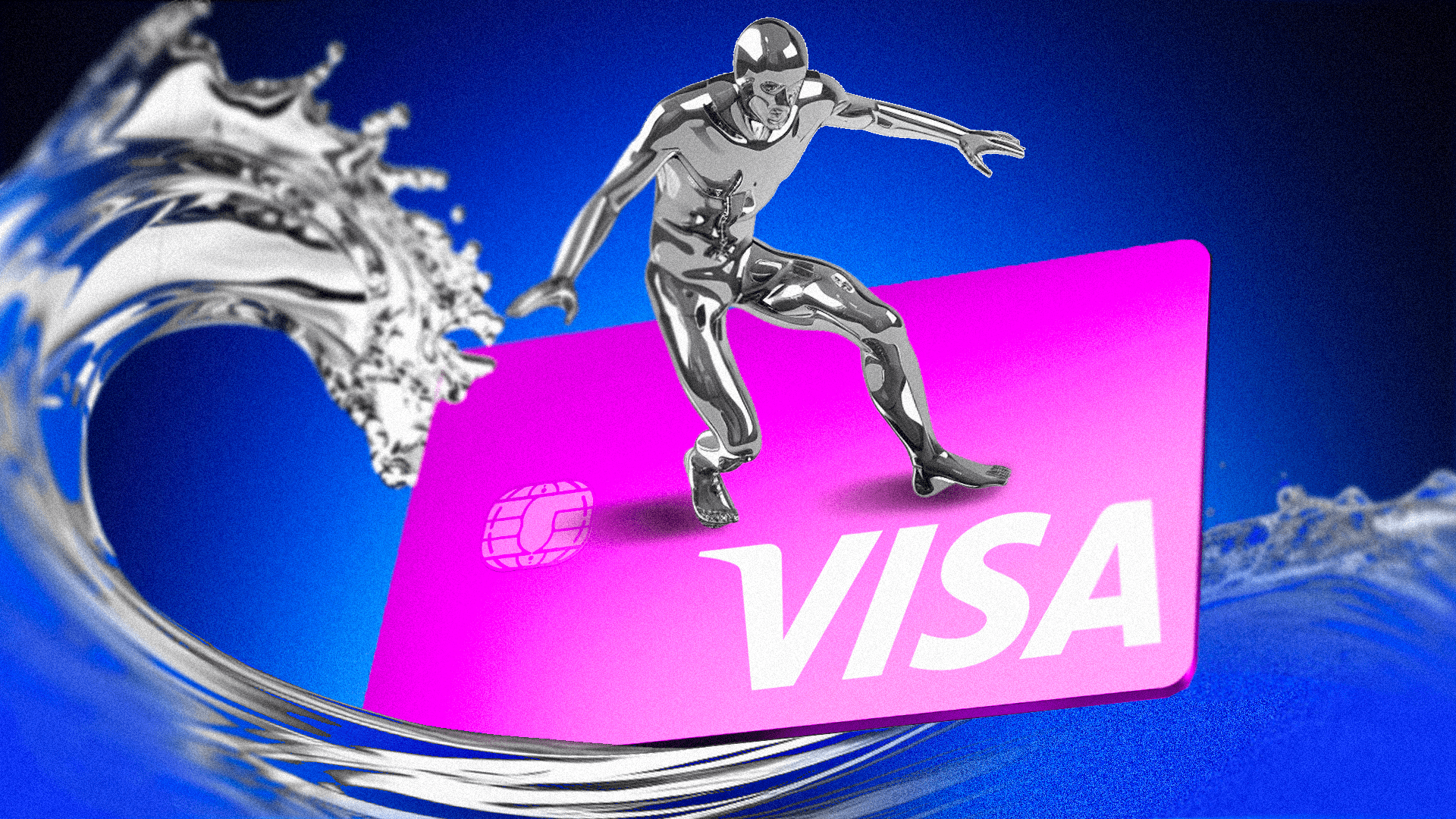Shiba Inu (SHIB) coin is a major contender for the meme coin throne, often referred to as as the ‘Dogecoin killer’ by its supporters.
As the coin continues to grow, more people are interested in the tokenomics of this project and find themselves wondering how many Shiba Inu coins are in circulation.
Understanding Shiba Inu coin (SHIB)
Shiba Inu was created in August 2020 by pseudonymous developers. Unlike tokens that live on a dedicated network, (SHIB) is an ER-C20 token that exists on the Ethereum blockchain. As such, it has access to DeFi and related services, giving it an advantage over similar meme coins with less utility.
This utility, coupled with an unusually high token supply, which we’ll discuss in the next section, has proven to be a distinguishing factor that has helped Shiba Inu stand out.
The ecosystem now includes projects like ShibaSwap (a decentralized exchange), NFTs, and the play-to-earn game Shiba Eternity.
With a dedicated community, the coin has exploded in popularity, becoming one of the top 20 cryptocurrencies by market cap now today.
Total supply of Shiba Inu coins
The Shiba Inu supply upon its 2020 launch was 1 quadrillion SHIB tokens, or one thousand trillion tokens. When SHIB was released, it had the largest token supply in the world. Unsurprisingly, the massive Shiba Inu circulating supply made news headlines and helped the project gain attention worldwide.

It’s worth noting that a large supply doesn’t necessarily impact the value or use case for the project, and many in the space viewed the supply as a gimmick. For new crypto users unfamiliar with tokenomics, it may have also seemed that SHIB tokens were ‘cheaper’ than other crypto tokens, and therefore more affordable.
Of course, the price of an individual crypto token shouldn’t be conflated with the worth of the actual crypto project itself! We’ll dig into how to understand the supply of a cryptocurrency in more detail later on, but first, let’s take a look at how many Shiba Inu coins are available today.
Current circulating supply of Shiba Inu
The SHIB crypto has not maintained its supply, and it currently stands at 589 trillion SHIB. Ethereum co-founder Vitalik Buterin sent 410 trillion tokens to a dead wallet in 2021, effectively destroying or ‘burning’ the tokens and stating he would donate the remainder to charity.
The SHIB community as a whole has also burned or destroyed large portions of the initial supply in order to make SHIB deflationary, meaning it becomes scarcer over time. In true crypto fashion, the community decides when these burns will take place democratically, with those who own the most SHIB tokens having the most voting power.
While it’s likely that the dev team are major shareholders, their identity is unknown and it’s not clear who the main voters in the community are.
This is aimed at reducing the total amount of Shiba Inu coins in an effort to make the tokens scarcer and thus, ideally, worth more money. Again, this comes down to the percentage of the supply owned per investor. If an investor owns 10 tokens in a project with a supply of 100 tokens, they own 10% of the total supply.
If the community burns 50 tokens and leaves just 50 in the total supply, that same investor now owns 20% of the total supply instead of 10%, and this may translate into a value increase for that investor.
Of the 589 trillion tokens left in the supply, a portion remains in locked or burned wallets, and this adds further scarcity to the token supply.
Why supply matters to investors
The value of a cryptocurrency is the number of coins multiplied by the price of the coins.
Market cap = price x supply.
This is true for regular companies and their stocks as well.
For example, Apple Inc. stock is worth $170 per share, while Berkshire Hathaway stock is worth $685,000 per share.
So is Warren Buffet’s Berkshire Hathaway company worth more than Apple Inc.?
No.
Apple is worth three and a half times more than Berkshire Hathaway, with a market cap of $3.45 trillion vs. $984 billion.
That’s because Apple has more shares than Berkshire Hathaway. The number of shares really doesn’t impact the price or value of the company at all, it’s simply a fairly arbitrary way of dividing up shares for sale.
Similarly, when someone buys SHIB tokens, they are buying a percentage of the overall supply.
So a project could have an even lower token price than SHIB, but be worth more due to having a higher market cap.
Investors are not concerned with how many units of a stock or a cryptocurrency they have, but what value those units represent.
In short, investors need to look at the token price and total supply when calculating the market cap, and the market cap is the actual value of the project, not the token price.
Future of Shiba Inu supply
The future of the SHIB supply will play a major role in the price of the project.
While burns are not typically announced ahead of time, they happen regularly and can be tracked online through tools like the Shibburn account on x.com
It’s not clear how many SHIB tokens will be burned in the future, and the project team will likely use the burning mechanism in response to headwinds against price as they see fit. Other price factors to be monitored include community initiatives and staking activities as well as any strategic partnerships secured by Shiba Inu.
Comparing Shiba Inu’s supply to other cryptocurrencies
As we now know, the Shiba Inu supply is unusually high.
We also know that this supply alone does not dictate the worth of a cryptocurrency, but needs to be factored in alongside token price and market capitalization.
Shiba Inu vs. Dogecoin (DOGE): Dogecoin has a circulating supply of approximately 141 billion DOGE. Unlike SHIB, which has an active burn mechanism, Dogecoin has an unlimited supply with annual inflation.
Shiba Inu vs. Bitcoin (BTC): Bitcoin is known for its capped supply of 21 million BTC, with over 19 million BTC already in circulation. Bitcoin also has a halving mechanism whereby the number of bitcoins minted each year is reduced by half every four years, making Bitcoin an increasingly scarce and deflationary asset. Unlike SHIB, the Bitcoin halving is programmatic and pre-ordained.
Bitcoin will halve its supply every four years and stop minting new tokens altogether in the year 2140. The certainty of this deflationary mechanism is one of the aspects of the Bitcoin project that has made it so valuable.
FAQs
How many Shiba Inu coins were initially released?
Initially, 1 quadrillion Shiba Inu coins were released when SHIB was launched in August 2020.
How many Shiba Inu coins are left?
After Vitalik Buterin’s burn and ongoing community-led burns, the total circulating supply of Shiba Inu is around 589 trillion SHIB.
How many Shiba Inu coins are burned daily?
The number of SHIB tokens burned daily varies, as it is often community-driven. At the time of writing, over two billion tokens were burned in the past week.
How many Shiba Inu coins are mined per day?
Unlike Bitcoin, Shiba Inu cannot be mined. The entire supply was minted and released upon launch, and no new tokens will be created.
Who owns the most Shiba Inu?
Currently, the largest holders of Shiba Inu include decentralized exchanges (DEXs) and wallets linked to community initiatives. Vitalik Buterin remains a major holder, and the other holders are unknown.









